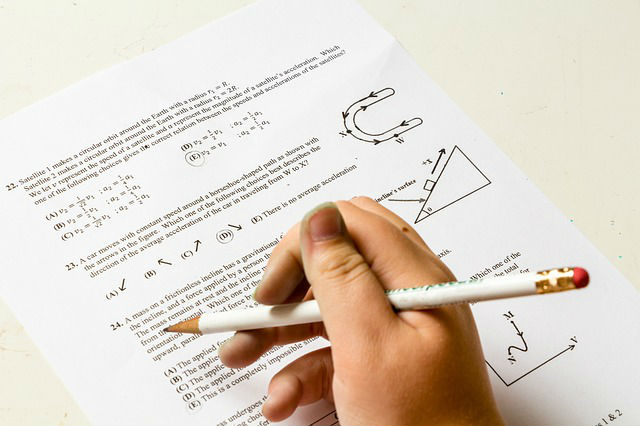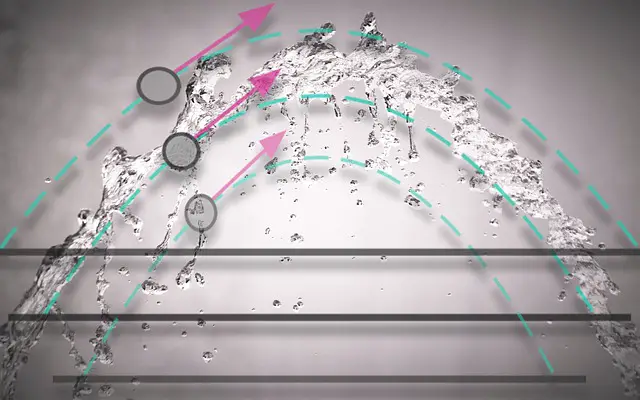Vertical Projectiles vs. Horizontal Projectiles – a detailed comparison
In this post, we will make a comparison between Vertical projectiles and Horizontal projectiles. When an object is thrown or projected, into the air it’s named a projectile. Essentially, such a projectile (rock, football, bullet, golf ball, or whatever) could be directed straight upward as a vertical projection, directed straight out as a horizontal projection, […]







![Physics Numerical for class 9 motion & other chapters with answers & [PDF]](https://physicsteacher.in/wp-content/uploads/2018/09/physics-numerical-class-9-Physicsteacher.jpg)








